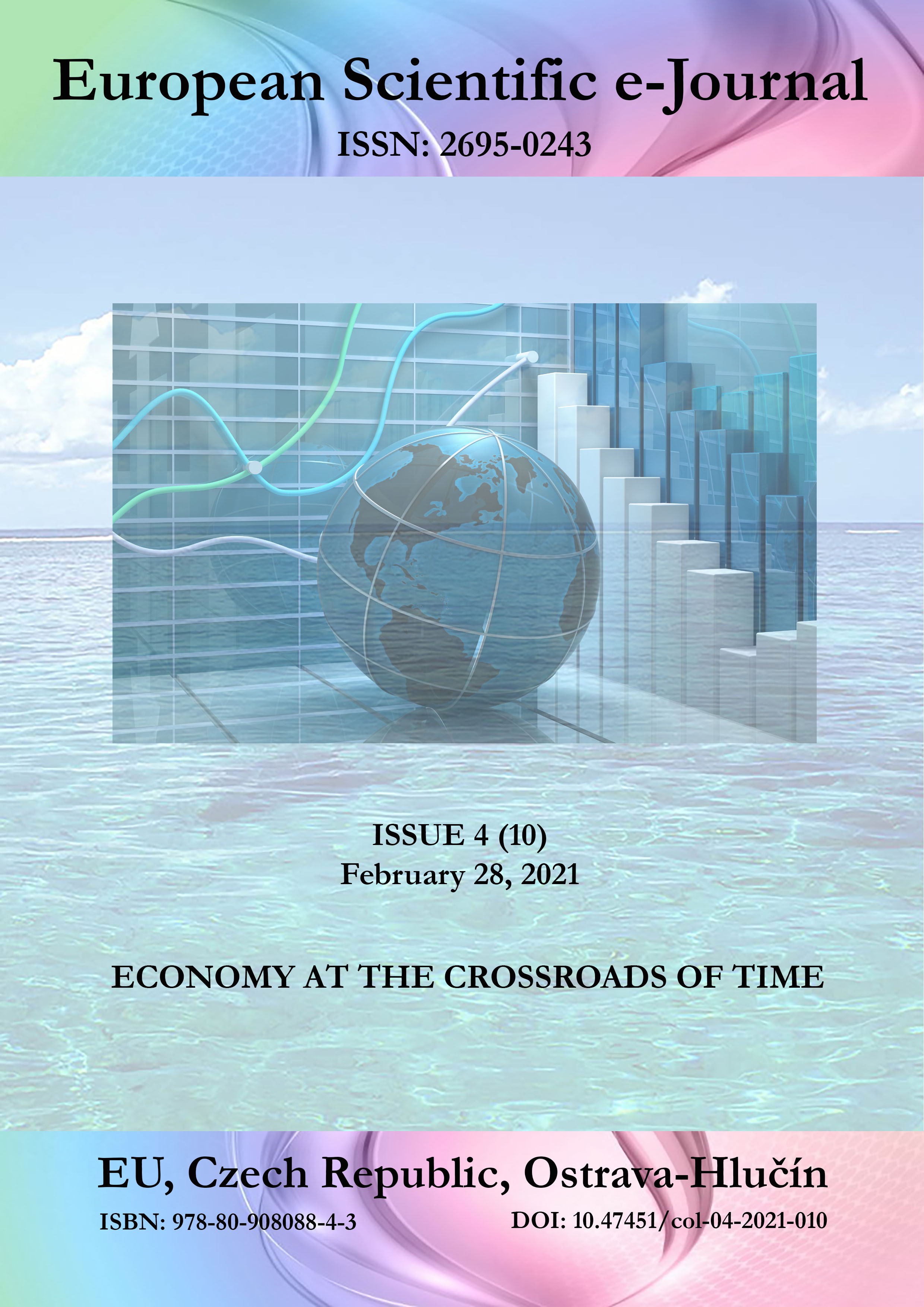Optimization in Warehouse for Assembly and Construction Company
DOI:
https://doi.org/10.47451/ecn2021-02-002Keywords:
ISO 9000, warehouse, driven-data logistic, logistic processAbstract
Optimization of warehouse for assembly and construction company is actual in modern stage of logistics development in the cities and urban regions. One of the most important criteria during dynamical logistic development is to be guarantee of quality for company’s clients. In the research, logistic complex issues on the example of the “Aria TV” company were studied. Comparative, mathematical methods and methods of spatial analysis were used to reach the purposes. The materials of specific documentation and regalements, and research works of leading specialists in the field of logistics as D. Cattaruzza, W. Yu, C. Harland and others were used in the research. There is conclusion that it is necessary to include international standards of ISO 9000 family to optimize professional activities of the company and support high level of the quality. It is offered to separate main warehouse by creating of additional warehouses in the megapolis districts actualized for the company. The research results are intended for specialists from huge logistics companies operating in the area of the cities.
Downloads
References
Ben Ayed, A., Ben Halima, M., & Alimi, A.M. (2015). Big data analytics for logistics and transportation. 4th International Conference on Advanced Logistics and Transport (ICALT), 311–312. https://doi.org/10.1109/icadlt.2015.7136630
Cattaruzza, D., Absi, N., Feillet, D., & González-Feliu, J. (2015). Vehicle routing problems for city logistics. EURO Journal on Transportation and Logistics, 6 (1), 51–53. https://doi.org/10.1007/s13676-014-0074-0
Data-driven logistics: the future of logistics. (2020, May 7). https://www.tno.nl/en/focus-areas/traffic-transport/roadmaps/smart-and-safe-traffic-and-transport/smart-mobility-and-logistics/data-driven-logistics/
Harland, C. (2015). Supply Chain Dynamics. Wiley Encyclopedia of Management, 1–2.
Handfield, R. B., Giunipero, L. C., Patterson, J., & Monczka, R. M. (2020). Purchasing & Supply Chain Management. South-Western, NC: Cengage Learning.
ISO 9000 Family Quality Management. (2020, November 19). ISO. https://www.iso.org/iso-9001-quality-management.html
Kenton, W. (2020, July 7). Supply Chain. Investopedia. https://www.investopedia.com/terms/s/supplychain.asp#:~:text=A%20supply%20chain%20is%20a,product%20to%20the%20final%20buyer.&text=Supply%20chain%20management%20is%20a,and%20a%20faster%20production%20cycle
Perova, A. (2017). Methods of Placement of Business Tourism Centers in Large Cities as Means Providing Traffic Safety (on the Example of St Petersburg). Transportation Research Procedia, 20, 487–492. https://doi.org/10.1016/j.trpro.2017.01.079
Yu, W., Chavez, R., Jacobs, M. A., & Feng, M. (2018). Data-driven supply chain capabilities and performance: A resource-based view. Transportation Research Part E: Logistics and Transportation Review, 114, 371–385. https://doi.org/10.1016/j.tre.2017.04.002
What is ISO 9001. (2013, March 2). Rospromtest. (In Russ.). https://www.rospromtest.ru/content.php?id=254
Published
Issue
Section
License
Copyright (c) 2025 European Scientific e-Journal

This work is licensed under a Creative Commons Attribution 4.0 International License.
The European Scientific e-Journal (ESEJ) is an open access journal. Articles are available free of charge as PDF files on the website of the European Institute for Innovation Development. PDF files can be previewed with Acrobat Reader from www.adobe.com.
All articles of the “Tuculart Student Scientific” are published under a Creative Commons Attribution 4.0 Generic (CC BY 4.0) International license.
According to the Creative Commons Attribution 4.0 Generic (CC BY 4.0) International license, the users are free to Share — copy and redistribute the material in any medium or format for any purpose, even commercially (the licensor cannot revoke these freedoms as long as you follow the license terms).
Under the following terms:
- Attribution — You must give appropriate credit, provide a link to the license, and indicate if changes were made. You may do so in any reasonable manner, but not in any way that suggests the licensor endorses you or your use.
- No additional restrictions — You may not apply legal terms or technological measures that legally restrict others from doing anything the license permits.


